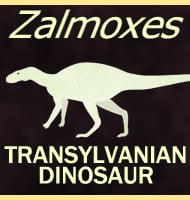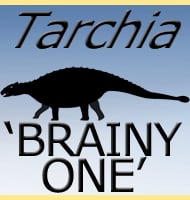Zalmoxes
In Depth Zalmoxes was discovered when fossils that had been assigned to the genus Rhabdodon as R. robustus (originally robustum) were discovered to have different distinguishing features. This was actually the second time that the material had been re-named as initially it was known as a species of Mochlodon. Today Zalmoxes is described as an … Read more

